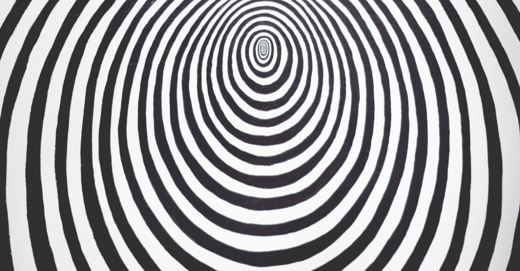Price Thresholds
What are price thresholds?
A price threshold is a pricing strategy that sets the price of a product or service at a level intended to match customers' psychological willingness to make a purchase. It aims to attract customers by pricing items up to the point where further price increases would deter potential buyers.
Buyers perceive prices below price thresholds as significantly lower than they actually are. Studies find that the use of price thresholds is widespread: 30-65% of prices in the US end in the digit 9.
Explanation
Price thresholds make use of the left-digit effect. As consumers read the left digit of a price first, they tend to round it to the next lowest monetary unit.
Research shows that consumers' magnitude perceptions are affected by changing the left digit and lowering a price by one cent to a ".99" ending (e.g., $3.00 to $2.99). Conversely, when a price is reduced by one cent, but the left digit does not change, consumers' magnitude perceptions are much less affected (e.g., $3.20 to $3.19).
Quantifying price threshold effects is complex and context-specific. Two studies highlight the range of results:
- In 1996, researchers conducted an A/B/C test, which sent out three different catalogs to 90,000 people and measured the purchase uptake of a particular dress. They found that .99 resulted in 8% higher sales volume than prices ending in .88 or .00.
- In a similar experiment on women's clothing, researchers tested how prices ending in 9 perform against those $5 cheaper or more expensive. Overall, the ending in 9 had 40% higher sales than the other options – even the $5 cheaper ones!
What are the disadvantages of the price threshold strategy?
It cuts both ways
Establishing a price threshold makes it more challenging to raise prices above the threshold (e.g., a 99-cent store).
It does not fit for all companies
Depending on the industry, such as luxury goods, the company must determine whether price thresholds negatively impact the offer's perceived value.
Buyers might be more suspicious of thresholds
Price thresholds can be perceived as manipulative, while more random prices like €4.57 look fairer as the vendor applied cost-plus pricing.
Further reading

October 26, 2022

